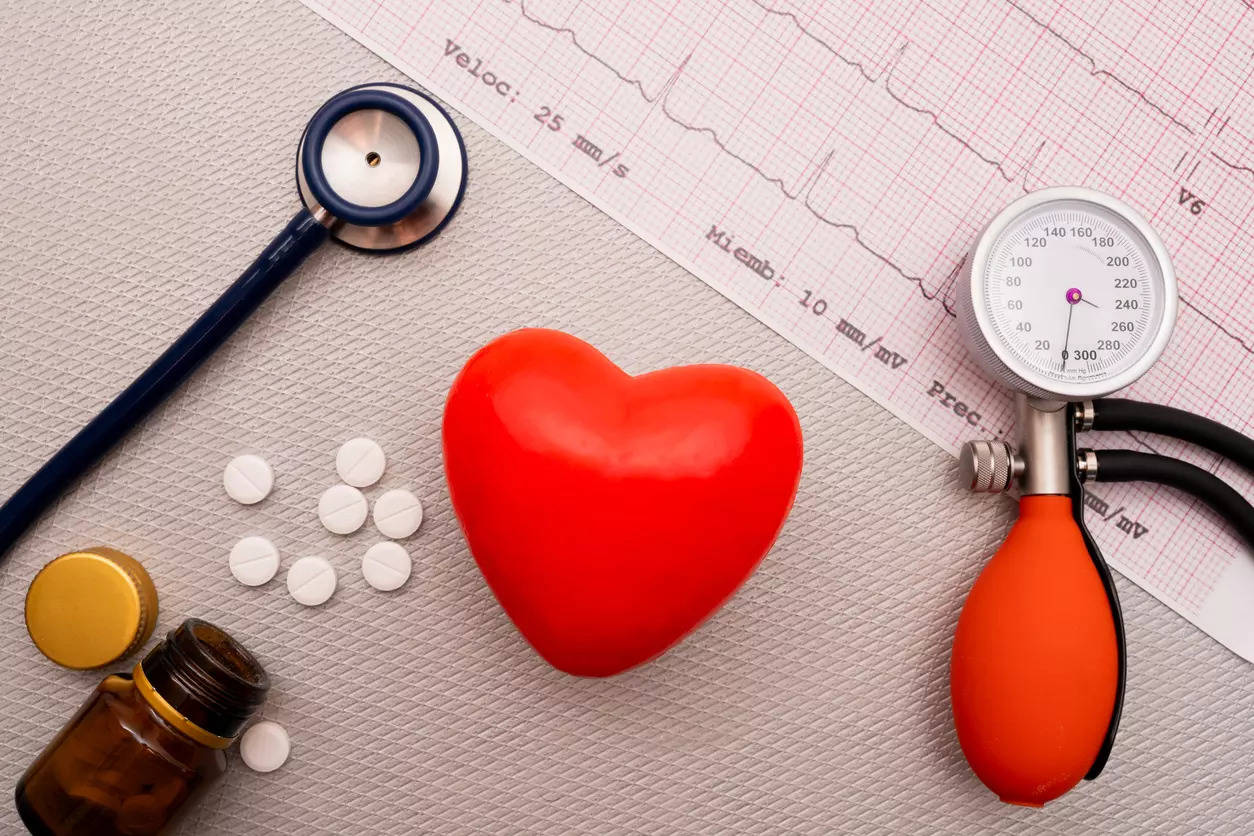
Bengaluru: Obesity-related deaths among U.S. adults with clogged heart arteries increased by 180% between 1999 and 2020, according to data released in advance of the American Heart Association scientific meeting in Chicago.
In men, ischemic heart disease deaths associated with obesity rose from 2.1 per 100,000 people in 1999 to 7.2 per 100,000 in 2020, an increase of 243%, researchers found.
In women, the rate increased by 131%, from 1.6 deaths per 100,000 people in 1999 to 3.7 per 100,000 in 2020.
The increases were particularly marked among middle-aged men, Black adults, residents of Midwestern states and non-metropolitan areas, researchers found.
“We did expect an increase in deaths related to obesity since the prevalence of obesity has been rising steadily for years. However, we did not anticipate this magnitude of increase in mortality, especially among middle-aged men,” study leader Dr. Aleenah Mohsin of Brown University said in a statement.
Overall, the analysis of 21 years of data from a U.S. Centers for Disease Control and Prevention database identified 226,267 obesity-related ischemic heart disease deaths during that period.
“The relative change in ischemic heart disease deaths related to obesity that was observed in this study between 1999 and 2020 was greater than the overall increase in obesity prevalence that we’ve seen in the United States, from about 30% to about 40% over this same time frame,” AHA spokesperson Dr. Sadiya Khan of Northwestern School of Medicine in Chicago, said in a statement.
Kahn, who was not involved in the study, suggested that greater awareness of obesity as a risk factor and more treatment for the condition may have made it more likely to be included on death certificates, which were the basis of the new data.
“The important thing is that we know we need to do more to identify, manage and treat obesity-related risk,” she said.
High-speed camera with AI detects hypertension, diabetes
An experimental high-speed video camera powered by artificial intelligence provided quick, no-contact screenings for high blood pressure and type 1 or type 2 diabetes without blood tests or blood pressure cuffs in a preliminary study, Japanese researchers say.
Blood pressure and diabetes subtly alter blood flow. The researchers’ AI algorithm detects high blood pressure and diabetes by analyzing blood flow features in face and palm skin as captured in the video camera’s 150 images per second.
In 215 volunteers, including 62 with hypertension and 44 with diabetes, the video imaging/algorithm combination was 94% accurate in detecting stage 1 hypertension, or blood pressure of 130/80 mm Hg or higher.
Compared with the standard hemoglobin A1c blood test, which reflects blood sugar levels over several months, the video/algorithm combo was 75% accurate in identifying people with diabetes.
“Some of the major complications of diabetes are peripheral neuropathy – weakness, pain and numbness, usually in the hands and feet – and other diseases related to blood vessel damage,” study leader Ryoko Uchida of the University of Tokyo said in a statement.
“It makes sense that changes in blood flow would be a hallmark of diabetes,” said Uchida, who will present the data at the upcoming AHA scientific meeting.
The researchers still need to teach the algorithm to adjust for irregular heartbeats and test it in larger, more diverse populations, they said.
Outdoor temperature linked with atrial fibrillation risks
Heat waves may double or triple the risk of the irregular heart rhythm atrial fibrillation, particularly for people whose hearts are not healthy to start with, a new study suggests.
Researchers tracked more than 2,000 people across the United States, who were chosen for the study because they have implanted cardiac devices that continuously monitor their heart activity. Most of them had obesity, and all had weak heart muscles that struggled to pump enough blood to the body.
When outdoor temperatures reached 102.2 degrees Fahrenheit (39 Celsius), the odds of experiencing an episode of atrial fibrillation were 2.66 times higher than with outdoor temperatures between 41 F and 46.4 F (5 C to 8 C).
That rose to a 2.87 times higher chance of experiencing AFib at 104 F, and 3.09 times higher at 105.8 F.
AFib episodes occurred less often between 12 a.m. and 7 a.m. than during standard working hours (8 a.m. to 5 p.m.) and more often on weekdays than weekends, researchers, who will present the data at the AHA meeting, also found.
“Given the rising prevalence of AFib in the general population due to increasing age and the prevalence of obesity, we now may also have to contend with rising temperatures,” AHA spokesperson Dr. Sanjay Rajagopalan of Case Western Reserve University in Cleveland, who was not involved in the study, said in a statement.
“Susceptible individuals living in areas at risk for markedly increased temperatures should take note of these findings and ensure that they take appropriate precautions to stay cool and hydrated,” he added. (Reporting by Nancy Lapid; editing by Bill Berkrot)







